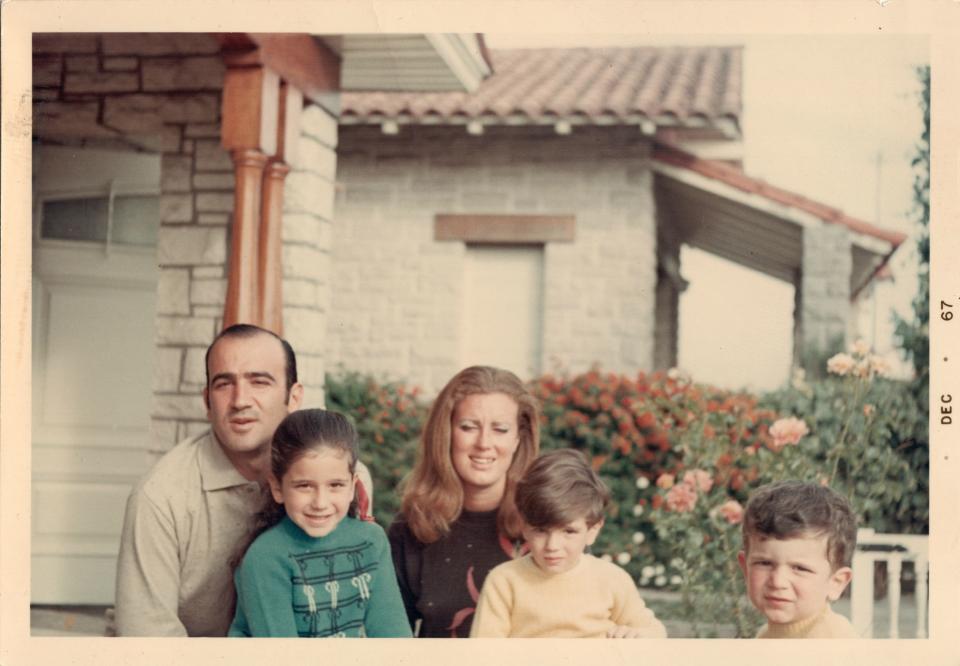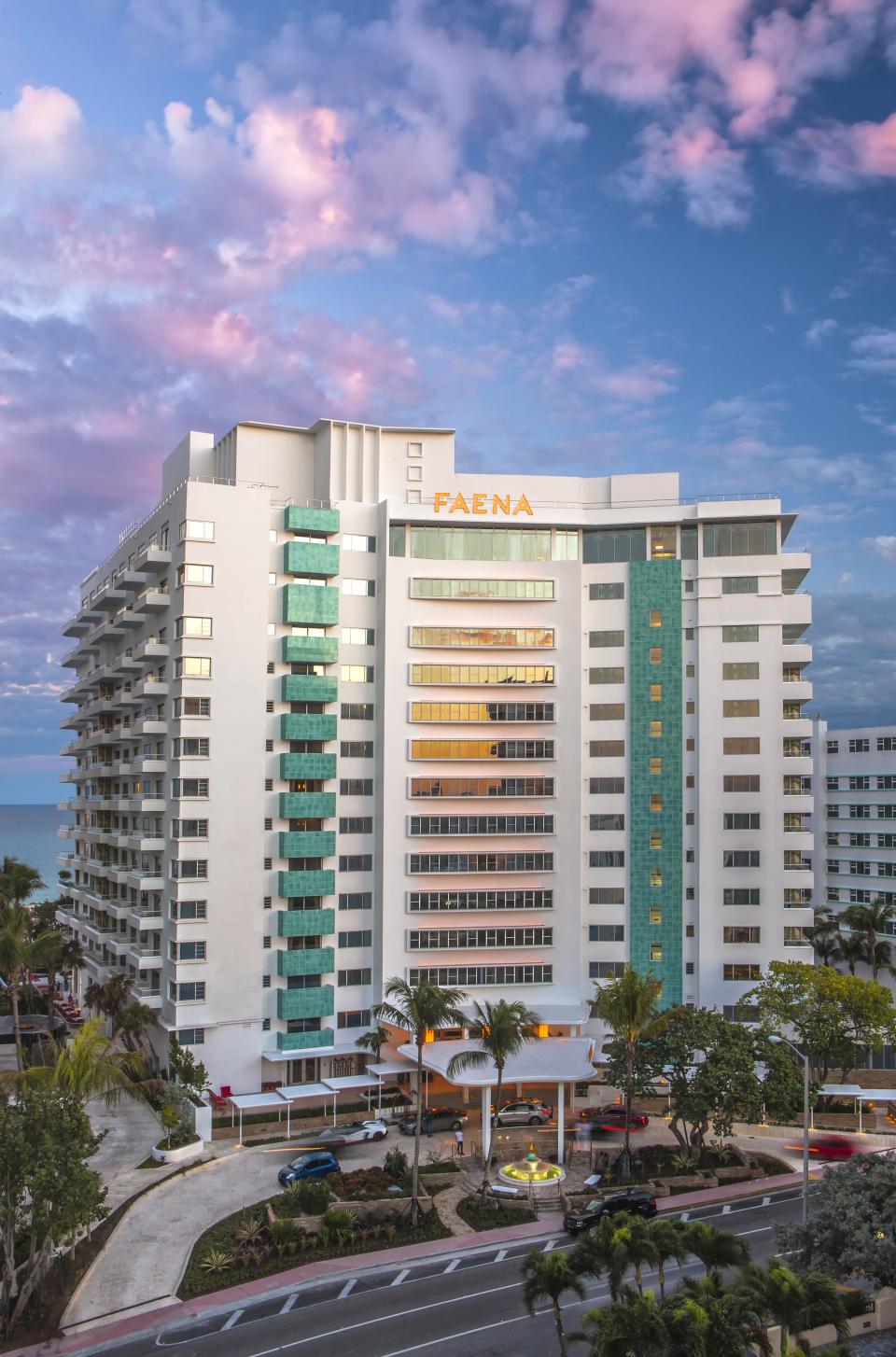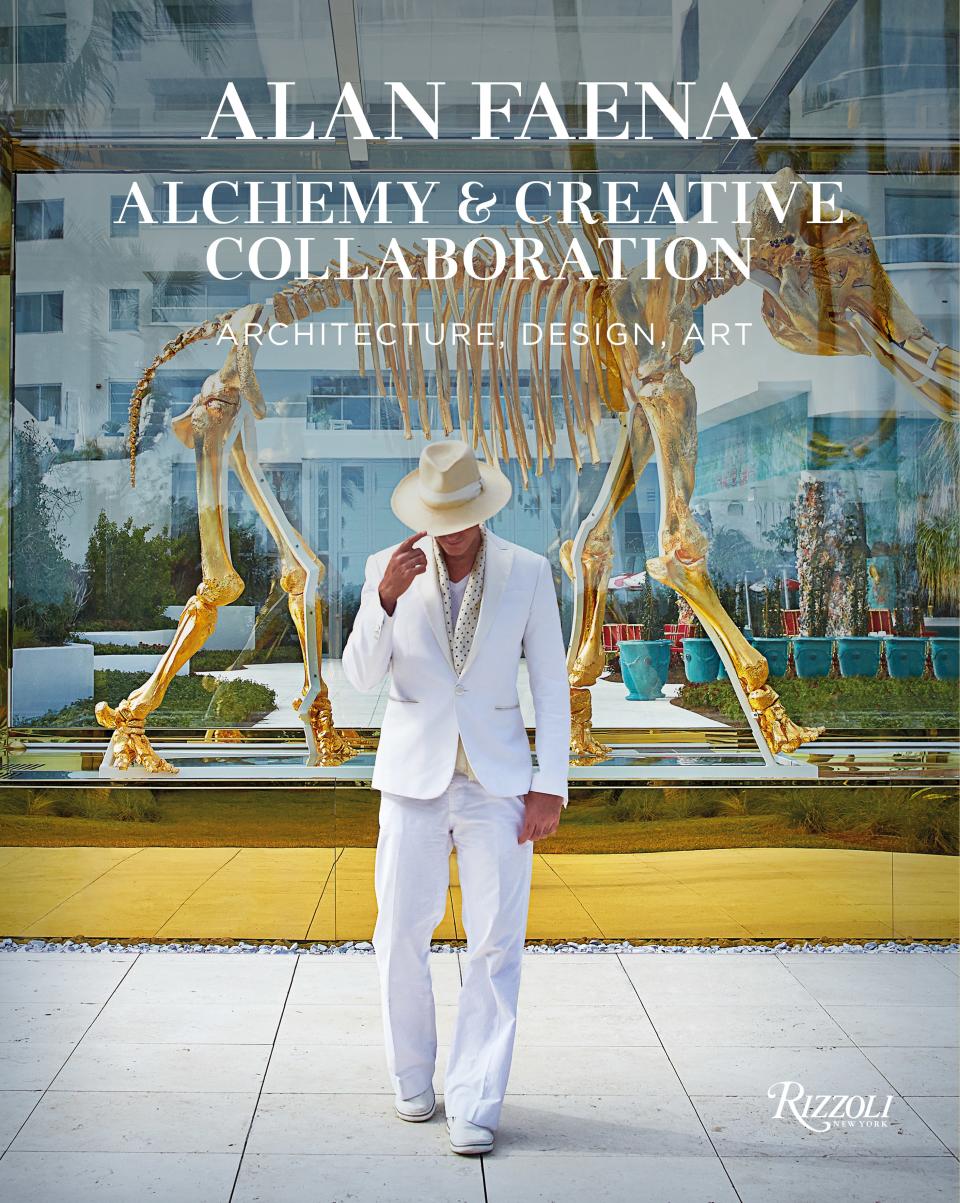Alan Faena on Hotel Design Secrets, Working with Philippe Starck, and Staying True to His Vision
In Alan Faena: Alchemy & Creative Collaboration: Architecture, Design, Art, a new tome being released by Rizzoli in May, the eccentric Argentine hotelier invites readers into his fantastical universe. Though Americans know him best as the visionary behind the art-filled Faena Hotel Miami Beach, he found fame as a fashion designer back home in Argentina at a young age. After selling his company and retreating to the quiet fishing village of José Ignacio in Uruguay, he burst back onto the scene with a mission to create a hotel that would transform Buenos Aires’s abandoned neighborhood of Puerto Madero into a bustling hub of art and design. He teamed up with Philippe Starck to create the Faena Hotel Buenos Aires, which became an instant hit and a magnet for celebrities like Beyoncé and Rihanna. Following that hotel’s success, he set about revitalizing Miami’s Mid-Beach area, transforming the old Saxony Hotel into a theatrical universe designed by filmmakers Baz Luhrmann and Catherine Martin. AD PRO caught up with Faena ahead of his book launch, which will take place at the Rizzoli Bookstore in Manhattan on April 25.
AD PRO: I thought it was interesting to learn a bit about your family’s background as Jewish immigrants immersed in the textile business. Was there a particular family member whose personal style influenced your aesthetic?
Alan Faena: I came from a family where love in the family was very important, and growing up with that love was my biggest capital. And my father and all my uncles worked together in a wool company. They were immigrants from nothing and they were providing wool to all the fashion brands at that time, so I grew up with that sense of aesthetic from my family side.

AD PRO: What was your home like growing up?
AF: During the '70s, the decoration was so vivid, and so the way things were at all my uncles’ houses and my family’s places was very inspiring.
AD PRO: You write that when you were coming of age, Argentina had a colonial mind-set—looking to other cities for inspiration—but what were some of your early inspirations in terms of architecture, design, and art?
AF: When I started with fashion, Argentina was just starting with democracy. . . . [It] was a great time to start creating because people were ready for new images [and] new everything. I had a couple of fashion brands that I admired like Jean Paul Gaultier, Yves Saint Laurent, Paco Rabanne, but what I was trying to say in the book was that at the time, it was very colonialist because ideas were coming from the north to the south. This was how fashion started—people used to repeat those things.
So I had—from a very young age—the idea that we were not going to repeat. We were going to create. And with music, rock idols, and all that, I think that was the way to make people feel proud of what we had, and let them know that now times [have] changed, and we are going to show to the world who we are.

AD PRO: You write about how the hotel in Puerto Madero needed to share the city’s DNA—and not feel like a hotel in New York, Paris, or some other city—but how do you walk the fine line between designing something that reflects the city’s identity without relying on clichés?
AF: That is a very thin line, you know. I think it has to do with creating something you really believe in and not thinking about how people would take it. I never work based on design; I always work based on truth and giving people an experience.
AD PRO: You mention in the book that entering your hotel is like entering your universe. I thought it was interesting how you drew the connection between inviting guests into your hotels and inviting them into your home in Tierra Santa, and even into your room as a boy. Are there other hoteliers who manage to pull this off, in your opinion?
AF: I don’t know about others. I can say that for me, it’s not about architecture or design. It’s all about magic. You put things together and make people feel something. It’s more like a movie. That’s why after a while, I had to work with Baz Luhrmann and Catherine Martin, because they know how to work around a script.

AD PRO: What are some of the differences between working with an established designer like Philippe Starck versus working with cinematographers like Baz Luhrmann and Catherine Martin?
AF: With Philippe we worked very hard to bring [about] this whole project in Argentina. And then I worked with other designers before Baz Luhrmann. If I begin the project with them, it will be a nice design project, but it [won't be] mine. [When you] work with other designers first, they [bring] some kind of brand themselves. . . . Working with people in cinema, they have no history of creating hotels or restaurants. So I was looking for people to work with me and take my vision and make it even better.
AD PRO: You’ve worked with some of the world’s best architects and designers on your hotels. Who designed your homes?
AF: Myself. Always myself. That’s my retreat.
AD PRO: Do you have any other hotels or other projects on the horizon?
AF: Yeah, we have a new project coming up that I will let you know about soon. For the moment, I am a singer.
This interview has been condensed and edited for length and clarity.

